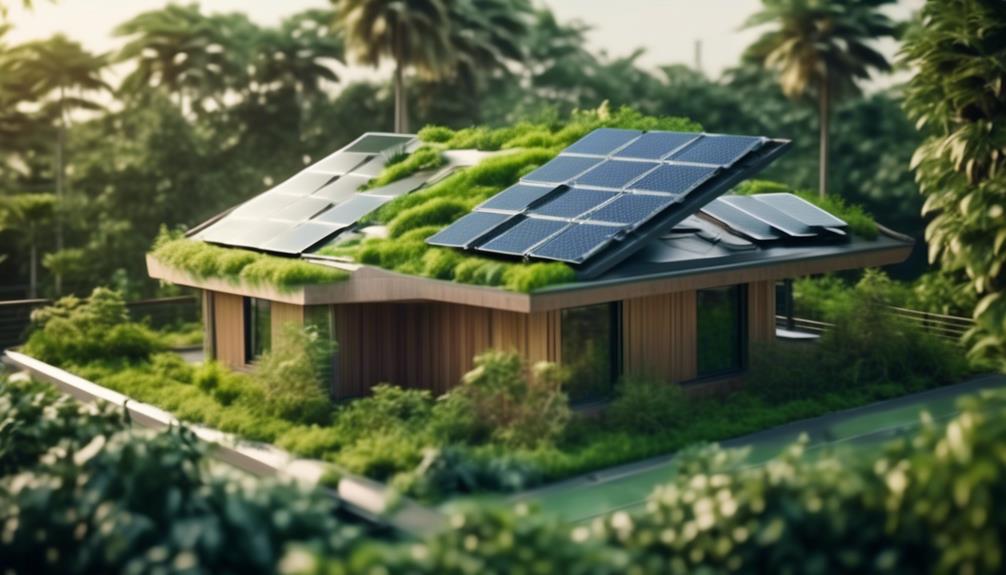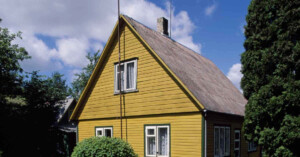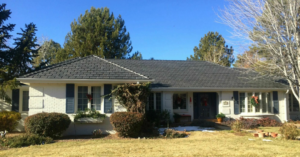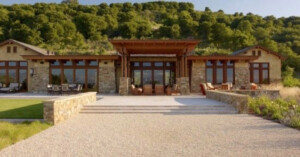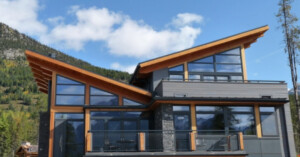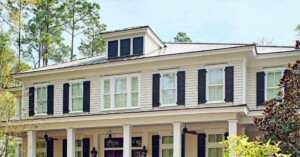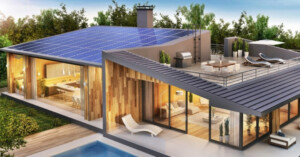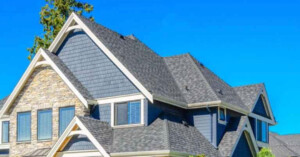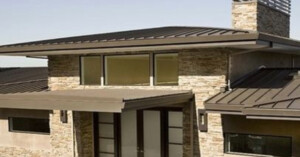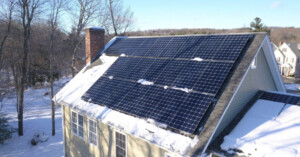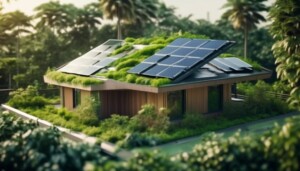By 2035, nearly half of new residential homes in Canada could feature eco-friendly, smart roofing, a shift driven by sustainability and energy savings.
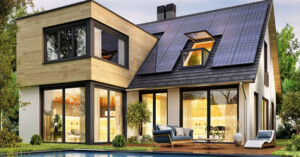
Over the past century, Canadian residential roof designs have evolved significantly, shaped by changing architectural trends, climate demands, and material advancements. This evolution reflects the country’s diverse climate and the need for roofs that aren’t just durable efficient and visually appealing.
Historical Evolution of Canadian Roof Designs
- Early 20th Century: Steeply pitched gable roofs were popular, ideal for shedding snow and rain.
- 1920s-1940s: Craftsman style with low-pitched gables became popular, emphasizing handcrafted, nature-inspired details.
- 1950s-1960s: Ranch-style homes with low or flat roofs emerged, reflecting affordability and suburban expansion.
- 1970s-1980s: Contemporary styles brought in more experimental roofs, like shed and butterfly shapes.
- 1990s-Present: Traditional styles like Colonial and Victorian returned, along with a trend toward sustainable designs like green roofs.
When selecting a roof design for your home, it’s essential to consider several factors beyond aesthetics to ensure functionality, durability, and energy efficiency. Key considerations include:
1. Climate and Weather Conditions
- Snow and Rain: Steep roofs are ideal in snowy or rainy regions to prevent accumulation and damage.
- Wind Resistance: Hip roofs offer better wind resistance, making them suitable for high-wind areas.
2. Material Selection
- Durability: Metal and slate roofs last longer but cost more; asphalt shingles need more maintenance.
- Energy Efficiency: Reflective materials like metal reduce heat absorption, especially in warmer areas.
3. Architectural Style and Aesthetics
- Style Compatibility: Traditional homes often use pitched roofs, while modern styles may have flat roofs.
- Neighbourhood Fit: Matching neighbourhood styles can boost curb appeal.
4. Building Codes and Regulations
- Safety: Codes ensure roofs withstand local weather conditions.
- Sustainability: Some areas encourage eco-friendly roofing options.
5. Budget and Cost Considerations
- Upfront Costs: Asphalt is budget-friendly; metal and slate are pricier but last longer.
- Long-Term Savings: Durable, low-maintenance materials save money over time.
6. Energy Efficiency and Sustainability
- Green Roofs: Provide insulation, reduce stormwater runoff, and improve energy efficiency.
- Cool Roofs: Reflect sunlight, lower indoor temperatures, and reduce energy bills.
Current and Emerging Trends
Roof design is now focused on sustainability, energy efficiency, and aesthetic appeal. Here’s how trends have shifted and where they’re headed:
| Time Period | Dominant Roof Styles | Materials Used | Notable Trends |
|---|---|---|---|
| 2000s | Steeply pitched gable roofs | Asphalt shingles, metal | Durability and cost-effectiveness |
| 2010s | Low-pitched and flat roofs | Asphalt, metal, green materials | Eco-friendly and energy-efficient designs |
| 2020s | Mixed rooflines (gable, hip, flat) | Metal, solar panels, sustainable materials | Solar integration and sustainable materials |
| Future Projections | Eco-friendly and smart roofs | Recycled materials, smart shingles | Sustainability and tech integration |
Roofing Recommendations for Vancouver Island
Here’s a quick guide to choosing a roof for homes on Vancouver Island, considering budget, durability, and the specific climate needs of the area.
1. For Budget-Conscious Homeowners
- Recommended Roof: Asphalt Shingles
- Why: Affordable upfront costs, widely available, and straightforward to install.
- Considerations: May need replacement sooner than other materials, especially in rainy or windy conditions. Regular maintenance is essential to ensure longevity.
2. For Long-Term Durability and Low Maintenance
- Recommended Roof: Metal Roofing
- Why: Excellent lifespan (50+ years), low maintenance, and high durability against rain and wind.
- Considerations: Higher initial cost, but offers savings over time with minimal upkeep. Reflective surfaces help with energy efficiency in warmer months.
3. For Maximum Energy Efficiency and Eco-Friendliness
- Recommended Roof: Green Roof or Eco-Friendly Options
- Why: Provides insulation, reduces rainwater runoff, and supports sustainable building practices. Great for those committed to eco-conscious living.
- Considerations: Green roofs can be pricier to install and may need extra structural support. Maintenance includes regular checks for plant health.
4. For High Wind and Rain Areas
- Recommended Roof: Hip Roof with Synthetic Shingles or Metal
- Why: Hip roofs are more wind-resistant, and synthetic or metal materials can withstand high moisture and wind exposure.
- Considerations: While more expensive initially, this setup is ideal for homes in exposed or coastal areas on the island.
By aligning your choice with these factors, you can choose a roof that fits your budget and needs, while being well-suited to Vancouver Island’s climate and environmental demands.


